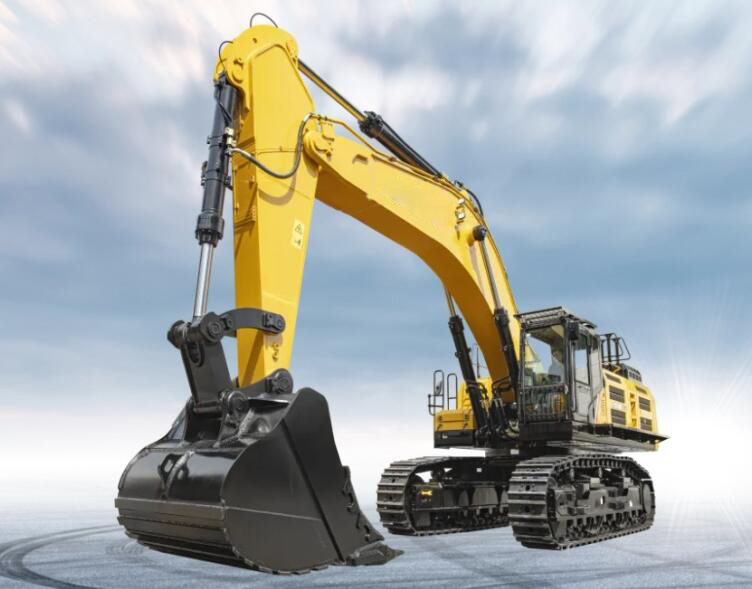Definition and development history of excavator

Definition
Excavators, also known as excavation machines, also known as excavators, are earth-moving machines that use buckets to excavate materials higher or lower than the bearing surface and load them into transport vehicles or unload them to the stockyard.
The materials excavated by the excavator are mainly soil, coal, sand and pre-loosened earth and stone. From the development of construction machinery in recent years, the development of excavators is relatively fast. Excavators have become one of the most important construction machinery in engineering construction. The three most important parameters of excavator: working weight (mass), engine power and bucket capacity.
Development history
The excavator was originally manual. Since its invention in 2013, it has a history of more than 130 years. During this period, it experienced the gradual development process from steam-driven bucket rotary excavators to electric and internal-combustion engine driven rotary excavators, as well as fully automatic hydraulic excavators using electrohydraulic integration technology. The first hydraulic excavator was successfully invented by a French factory in Portland. Due to the application of hydraulic technology, hydraulic backhoe ground-mounted excavators were equipped on tractors in the 1940s. In 1951, the first fully hydraulic backhoe excavator was launched by the French factory in Portland, creating a new space in the field of excavator technology development. In the middle school of the 1950s, tractive full-swing hydraulic excavator and crawler full-hydraulic excavator came out one after another. The hydraulic excavator initially trial-produced is based on the hydraulic technology of aircraft and machine tools. Lack of hydraulic components suitable for various working conditions of excavator, unstable manufacturing quality and incomplete supporting parts. Since the 1960s, hydraulic excavators have entered a stage of popularization and vigorous development. The manufacturers and varieties of excavators in various countries have increased rapidly, and the output has soared. From 1968 to 1970, the output of hydraulic excavators accounted for 83% of the total output of excavators, nearly 100%.
The first generation of excavators: the emergence of electric motors and internal combustion engines has provided excavators with advanced and appropriate electrical equipment, and various excavator products have been born one after another. In 1899, the first electric excavator came out. After the First World War, diesel engines were also used in excavators. This mechanical excavator driven by diesel engine (or electric motor) is the first generation of excavator.
The second generation excavator: with the wide application of hydraulic technology, the excavator has a more scientific and more applicable transmission device. Hydraulic transmission instead of mechanical transmission is a great leap in excavator technology. In 1950, Germany's first hydraulic excavator was born. Hydro-mechanical transmission is the second generation excavator.
The third generation of excavators: The wide application of electronic technology, especially computer technology, makes excavators have automatic control system, and also makes excavators develop in the direction of high performance, automation and intelligence. The sprout of mechatronics took place around 1965, while the large-scale production of hydraulic excavators used mechatronics technology around 1985, when the main purpose was to save energy. The electronic excavator is the symbol of the third generation excavator.





















